Although indoor fiber cable and outdoor fiber cable are widely used nowadays, the types of them can be various. Since different
types are suitable for different applications and environments, understanding
the features and differences of each type will help you choose the best type
for a specific infrastructure. This article will introduce different types of
indoor fiber cable and outdoor fiber cable.
Indoor Fiber Cable
Simplex Fiber Cable
Simplex fiber cable consists of a single strand of glass plastic fiber and an outer sheath. Simplex
fiber cable is most commonly used in applications that require only one-way
data transmission. In the simplex optical fiber network, there are simplex
single-mode and simplex multi-mode optical cables to choose from. Since this
simplex optical cable can only transmit one beam of light at a time, it is more
suitable for long-distance transmission.

Duplex Fiber Cable
Dupex fiber calble is
composed of two strands of glass or plastic fibers, which can be regarded as
two simplex optical cables. Usually, its structure is zipcord. This kind of
cable is two-way and synchronous when transmitting data, and is most commonly
used for duplex communication between devices that need to send and receive
separately. There are two types of duplex fibers, single-mode and multi-mode.
Distribution Fiber Cable
Distribution fiber
cables are the most popular indoor optical cables,
which are smaller in size and lighter in weight. These cables are used in
short, dry pipe, riser and booster applications. Distribution fiber cables are
double-buffered and can be terminated directly, but because their optical
fibers are not individually reinforced, these optical cables need to be
disconnected with a "distribution box" or terminated in a patch panel
or junction box to protect a single optical fiber.
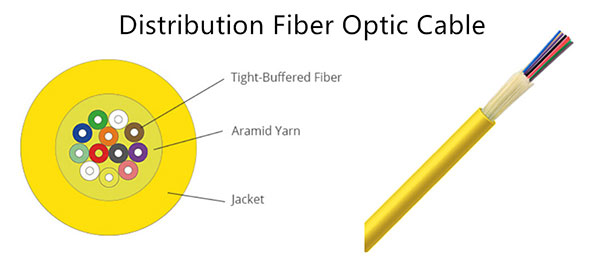
Breakout Fiber Cable
Breakout fiber cable is
also called fan-out cables. Breakout fiber optic cable is made of several simplex
cables bundled together inside a common jacket. It is suitable for pipeline
operation, riser and booster applications. The outer sheath includes a ripcord,
which can be removed quickly and easily. The purpose of the branch cable is to
allow the internal cable sub-units to be easily exposed to any required length.
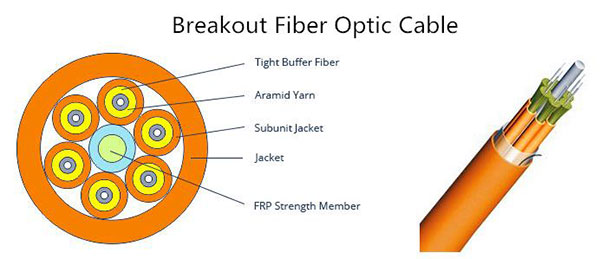
Outdoor Fiber Cable
Loose Tube Fiber Cable
Loose tube fiber cable consists of multiple optical fibers in a small plastic bucket. The fibers
are loosely located in the tube, which is wound in the cable in a reverse
helical fashion, which is actually longer than the outer sheath of the cable.
Loose tube fiber cable is the most widely used fiber optic cable for outdoor
plant trunks, because it can provide the best protection for the fiber under
high tension, and can be easily protected from moisture with water blocking gel
or tape.
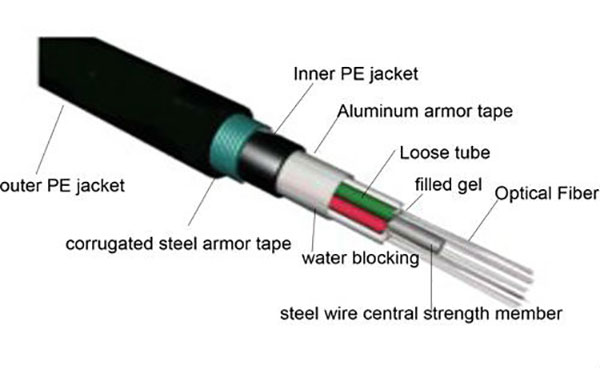
Aerial/Self-supporting Fiber Cable
Aerial fiber cable can be tied to messenger cable or other cable (common in CATV), or have metal
or aramid reinforcements to make them self-supporting. Aerial fiber cable is
usually used for outside installation poles. The laying method of aerial fiber cable
is not difficult to implement, because it can be installed using existing
overhead poles, which saves a lot of time and cost.
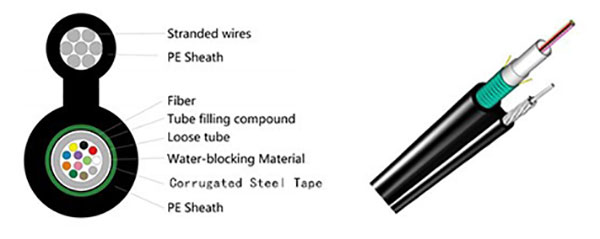
Direct-buried Fiber Cable
Armored fiber cable is
used for outside plant applications. Usually they have metal armor between the
two jackets to prevent rodent penetration. It can withstand crush loads, so it
can be used for direct burial applications, or for data centers where cables
are installed under the floor or installed in dust and air. Armored cables are
conductive, so they must be properly grounded.
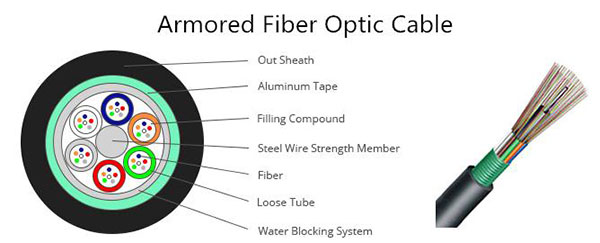
Submarine/Underwater Fiber Cable
Submarine fiber cable is
a cable laid on the sea bed between land-based stations to carry
telecommunication signals across stretches of ocean and sea, also lake or
lagoon. The optic fiber used in undersea cables is chosen for its exceptional
clarity, permitting runs of more than 100 kilometers between repeaters to
minimize the number of amplifiers and the distortion they cause.
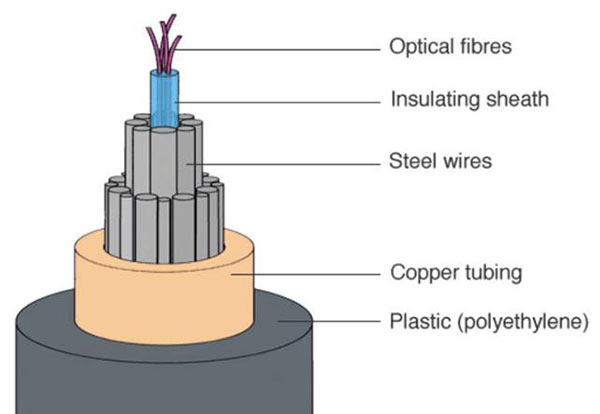
Ribbon Fiber Cable
Ribbon fiber cable uses many optical fibers side by side in a single sheath. The cables usually
have up to 12 fibers and have a very small cross-section. They are used to
connect equipment, network applications, and computer data centers in cabinets.
Generally, there are two types of outer jacket of ribbon optical cables:
non-flame retardant and formulated flame retardant. The former is generally
used for outdoor factory applications, while the latter is generally used for
indoor applications.
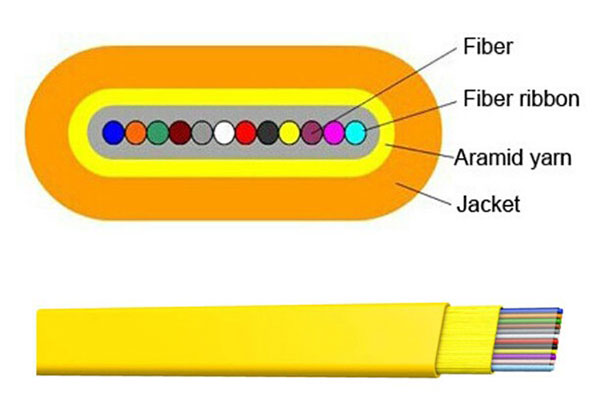
Baudcom offers all kinds of fiber optic cables. For more information, please
visit Baudcom.